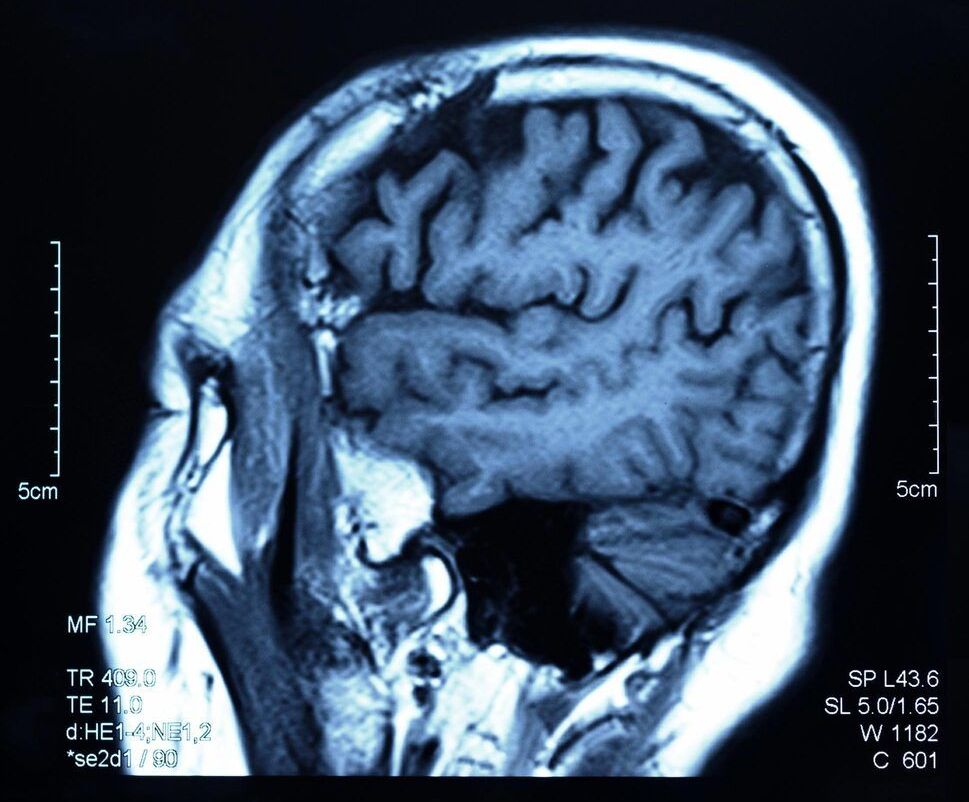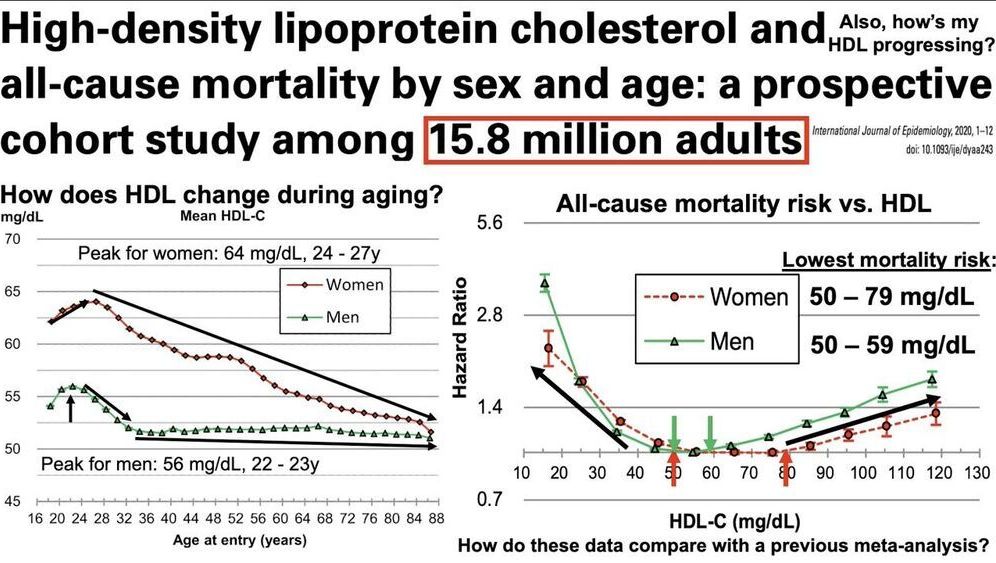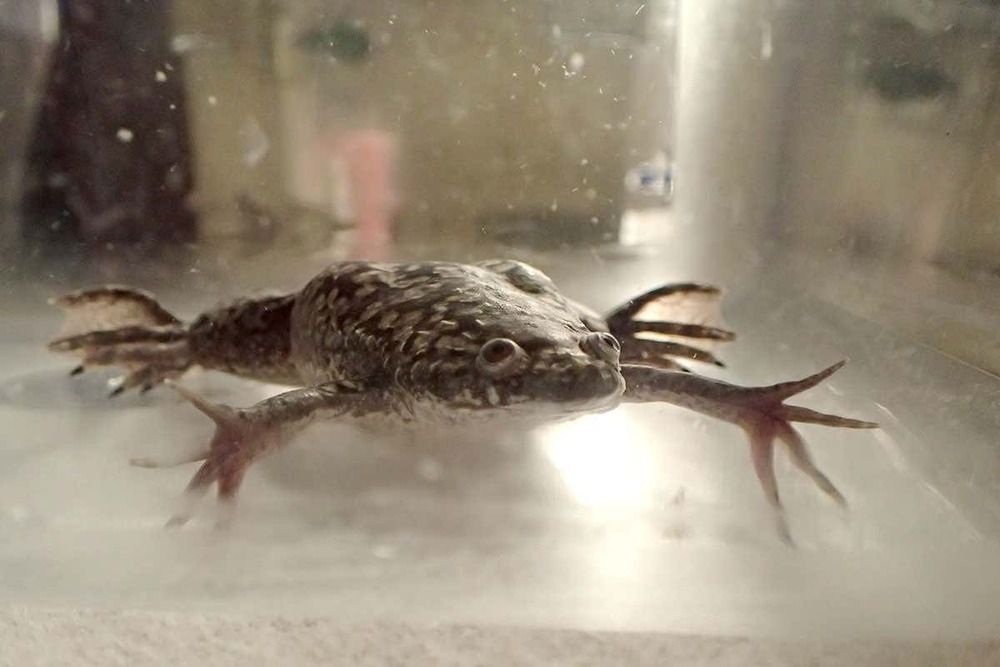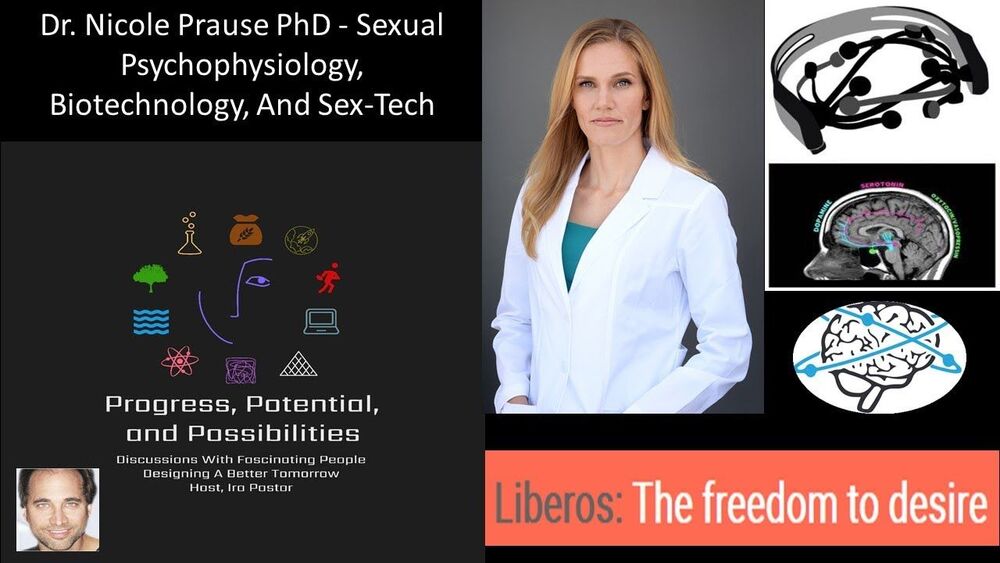Apr 21, 2021
Strange New Genetic Disease Discovered That Causes Children’s Brains to Develop Abnormally
Posted by Jason Blain in categories: biotech/medical, genetics, neuroscience, sex
One in 17 people will suffer from a rare disease at some time in their lives. Most of these rare diseases have a genetic cause and often affect children, but proving which gene change causes a disease is a huge challenge.
Scientists have discovered a new genetic disease, which causes some children’s brains to develop abnormally, resulting in delayed intellectual development and often early onset cataracts.
The majority of patients with the condition, which is so new it doesn’t have a name yet, were also microcephalic, a birth defect where a baby’s head is smaller than expected when compared to babies of the same sex and age.
















